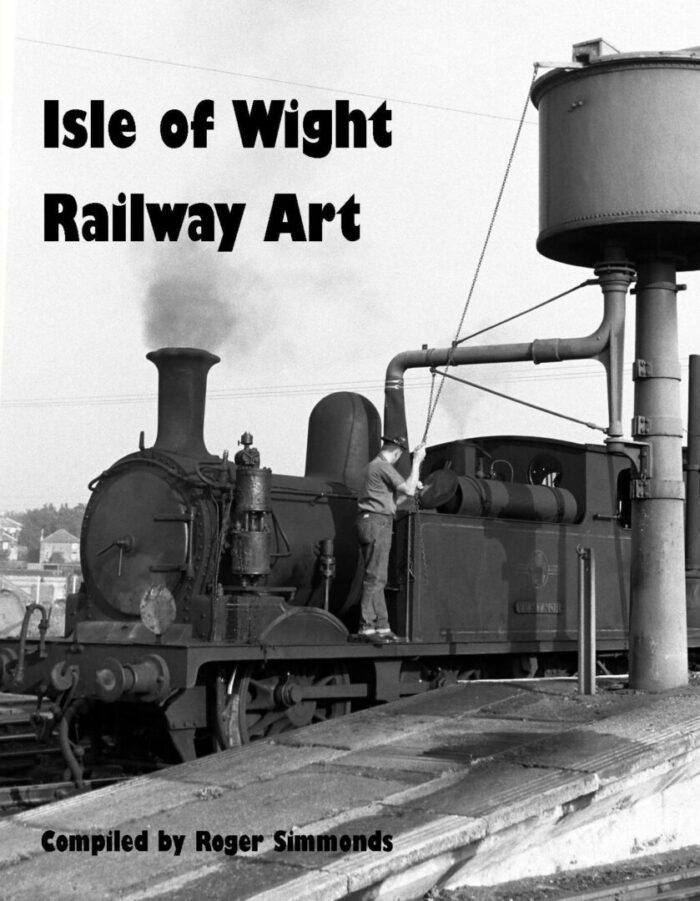
Isle of Wight Railway Art
£14.50
compiled by Roger Simmonds
- Description
- Additional information
- Reviews (0)
Description
Not art in the literal sense of paintings and drawings, but instead the art of the photographer. There have to be fair been many volumes of photographs on the Isle of Wight railways, but it is rare to find one made up of not just a few but a whole book-load of quality images, most of which will almost certainly be new to the reader.
Island resident Roger Simmonds has trawled through the best of the images held at the Transport Treasury archive to come up with a selection fully representing the Island of With railways at their peak.
The photographs span the period from around 1947 through to the early 1960s and include some of the remarkable views of Paul Hocquard, whose skill behind the shutter has been shut away for far too long. This is a book to truly savour, one that will satisfy from the very first page through to the last. Printed in the UK on quality art paper.
The railways of the Isle of Wight have always had an enduring popularity with both visiting holiday makers and railway enthusiasts over many years from the day that Driver Alexander Hindmarsh opened the regulator and steamed out of Cowes in July 1862 with the very first train to run on the Island. From the preserve of the wealthy in the early days, shoot forward to the mid-20th century as holidays with pay expanded for the working classes, enabling visitors to make their way to the Island and become entranced by the “little trains” scurrying their way, criss-crossing the Island network, providing them with the experience of travelling in quaint elderly carriages to the holiday destination of choice. Growing numbers of enthusiasts were being drawn by the prospect of photographing 19th century locomotives and rolling stock, much of pre-grouping origin, well into the 1960s.
From the early days of the 1860s and the emergence of photography, railways were a common subject to capture and the Island was no exception and many images thankfully survive. Several have been reproduced in various publications and for a comprehensive history of the Island railways the author highly recommends the series of Oakwood Press Publications by Maycock & Silsbury. They have been a helpful reference point for this book.
I have focussed this book on the 1950s and 60s, the network still largely intact at the beginning of this period. Sadly the Merstone to Ventnor West line went first in 1952, unstaffing the stations and introducing push-pull working proving not enough to stem the financial losses. The following year saw the end for both Newport to Freshwater and Brading to Bembridge, the last trains running on 20 September. The former closure seriously isolated the West Wight despite some improvements to the bus service. Worse was to follow with the demise of Newport to Sandown in 1956 with the settlements in the middle of the Island no longer accessible by train, and would be passengers from Newport wishing to go to Ventnor now having to go via Ryde St Johns.
A decade of respite followed but the decision to go ahead and close the line from Smallbrook Junction via Newport to Cowes raised many eyebrows, Newport being the principal town and municipal centre. Maybe the growing pressure for road improvements around Newport was a compelling reason that opposition to BR closure plans seemed rather muted from the Island authorities. Retaining Ryde to Ventnor had a compelling case – it made a profit! However, a working party decided in late 1964 to recommend curtailment of the line at Shanklin and set Ventnor adrift from the rail network. This was approved in July 1965. And so it was that the whole network shut down in December 1966 allowing the Ryde to Shanklin line to be electrified and adapted so ex-London tube stock could be used. Several reasons have been suggested for closing Shanklin to Ventnor, this including the saving of maintenance costs on the tunnel, and the resulting power drop on that section requiring an additional electricity generating substation at significant cost. Whatever the reason, the Ryde to Shanklin section re opened in March 1967 as an electrified line with a passing loop at Sandown and a double line from Ryde St Johns to Esplanade.
As things stand in 2020, the existing tube stock is badly worn out, some parts are now non-existent and stock dwindles as spares are salvaged from donor vehicles. But there is hope even if history seems destined to repeat itself with further second-hand tube stock. At least in that way the last remnant of public railway will survive.
The images contained in this book are virtually all previously unpublished and are presented by a journey on each of the routes as they survived post-nationalisation. I have avoided much technical detail on matters such as rolling stock as this has been ably covered elsewhere in previous publications. Sadly, post-war photographic coverage of the Ventnor West branch is limited but some recent images have come to light of Whitwell and Ventnor West.
There is a brief but wonderful snapshot video of St Lawrence and the terminus.
Preview Pages
DIGITAL VERSION
Additional information
| Weight | 550 g |
|---|---|
| Dimensions | 273 × 215 cm |
| pages | 112 |
| illustrations | 141 |
| cover | paperback |
| isbn | 9.78191E+12 |
| dimensions | 273 x 215 mm |
| format | portrait |
Only logged in customers who have purchased this product may leave a review.

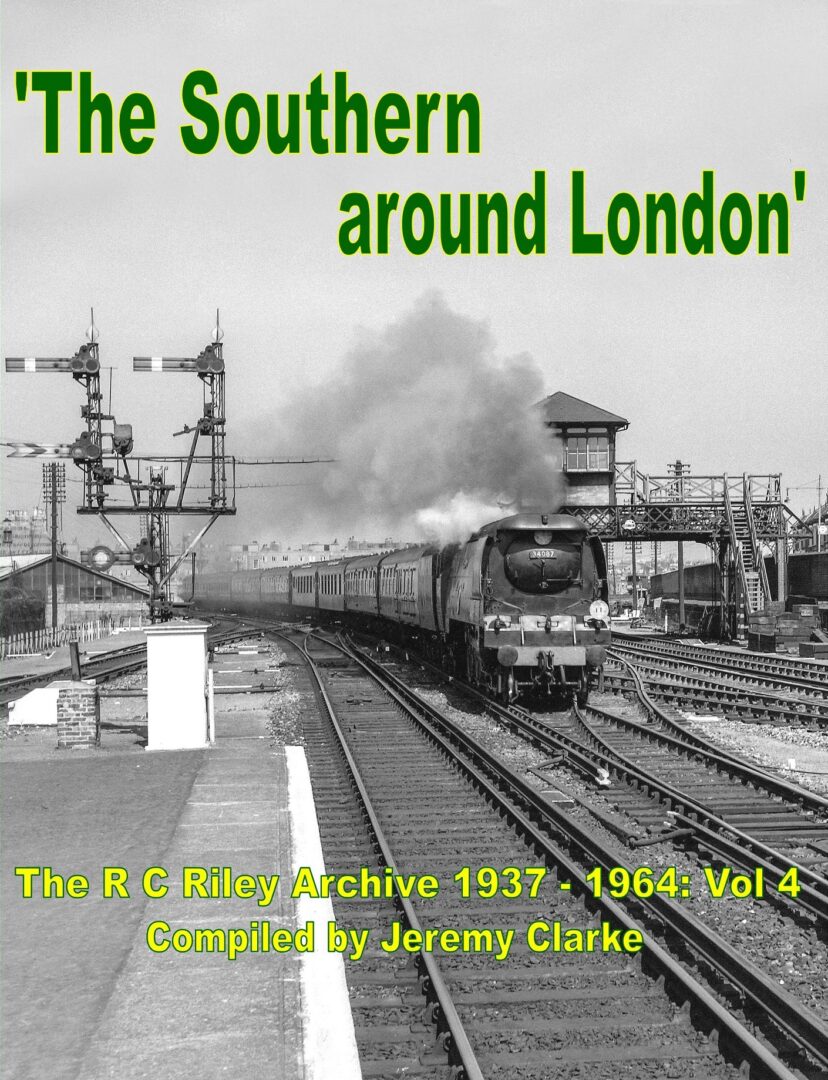
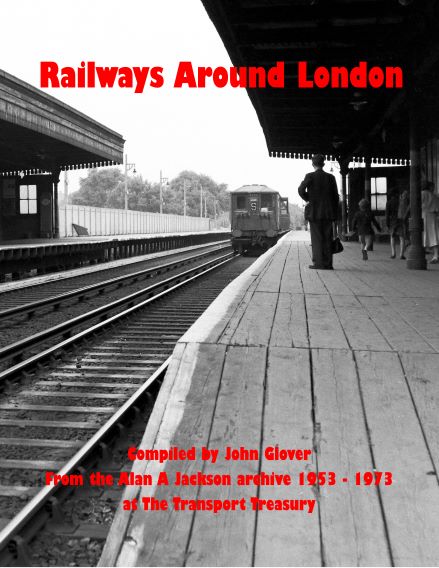
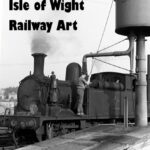
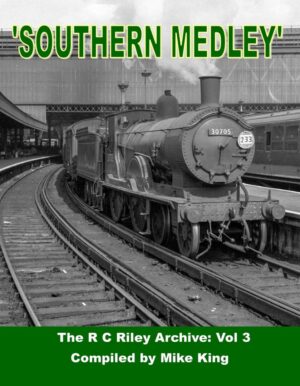
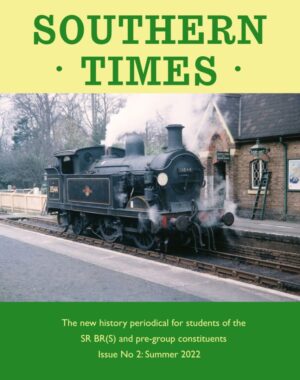

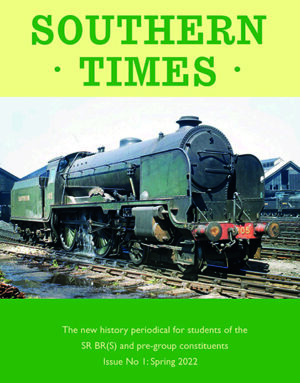
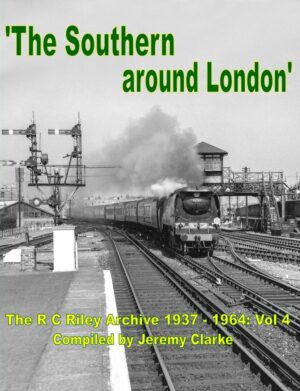
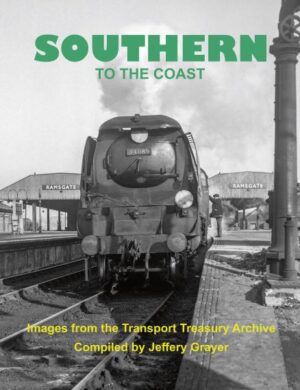
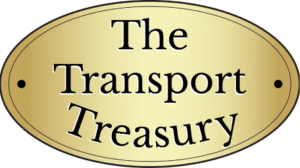

Reviews
There are no reviews yet.